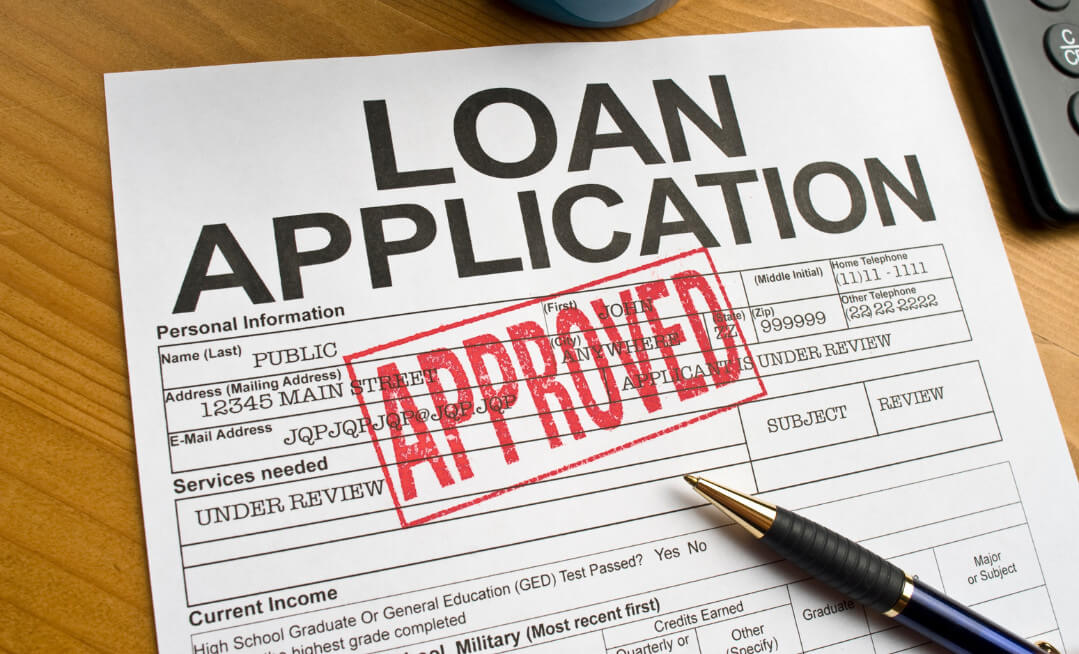Loans in Norway – ways to save and avoid surprises
Taking out a personal loan in Norway is a significant financial decision that can help achieve plans such as home renovations, buying a car, or building a garage. However, to ensure the process runs smoothly and without surprises, it’s important to consider a few key factors to avoid unfavorable terms and excessive costs. Here is a detailed guide for those considering a personal loan in Norway.

1. Clearly Define Your Needs
Before applying for a loan, the first step is to precisely define your needs. Consider how much money you actually need. In Norway, personal loans typically range from NOK 25,000 to NOK 800,000. Determining the right amount is crucial, as borrowing too much can lead to unnecessary interest costs, while borrowing too little may not cover your planned investments. Example: If you are planning a home renovation, estimate the cost of all necessary materials and services. Being too optimistic can lead to a situation where you run out of funds to complete the project.
2. Check Your Creditworthiness
Your creditworthiness is key when applying for a loan. Banks in Norway carefully assess applicants' creditworthiness to evaluate the risk of lending. Therefore, it's a good idea to check your credit status before applying. There are free tools, such as Gjeldsmonitor, which allow you to verify your creditworthiness and monitor your current obligations at no cost. If you have other unsecured loans, the bank may consider your repayment capacity limited, which can affect the interest rate offered or even lead to the rejection of your application.
Check your creditworthiness here
3. Analyze the True Costs of the Loan
One of the most important elements of a loan is its interest rate. However, the nominal interest rate is only part of the total loan cost. It’s important to pay attention to the effective annual percentage rate (APR), which also includes additional fees like commissions or insurance. Example: A loan with a lower interest rate may end up being more expensive if high administrative fees or insurance costs are added. Always compare offers based on APR, not just the nominal interest rate.
4. Carefully Compare Bank Offers
Many banks and financial institutions in Norway offer personal loans. Comparing offers from different institutions is essential to get the best terms. Pay attention not only to interest rates but also to additional costs such as administrative fees or commissions. Take advantage of our partner Digifinans' offer, which allows you to submit one loan application, which is then sent to over 20 banks in Norway. This way, you can choose the best option, saving time and money.
5. Refinancing as a Way to Optimize Your Loan
If you already have a loan, it’s worth regularly considering the option of refinancing. Refinancing involves replacing your existing loan with a new one, often on better terms, such as a lower interest rate or a longer repayment period. This can reduce your monthly payments, improving your financial liquidity. Read more about refinancing
6. Planning Loan Repayments
Taking out a loan is a long-term commitment, so proper planning of repayments is crucial. Make sure you have a clear plan for how the loan will affect your monthly finances and whether you’ll be able to make regular payments. If your financial situation changes, refinancing or renegotiating loan terms may help.
Summary
A personal loan in Norway can help achieve many important goals, but to use it responsibly, you must be well-prepared for the process. Defining your needs, comparing offers, understanding costs, checking creditworthiness, and carefully reading agreements are essential steps to avoid financial pitfalls and choose the best possible offer.
